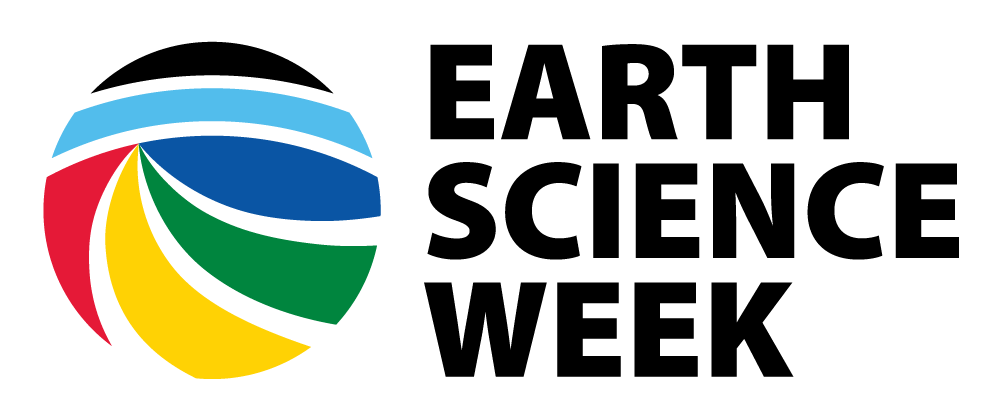Earth Science Week Classroom Activities
Shoebox Geologist
Activity Source:
Adapted with permission by National Park Service.
Earth processes such as volcanic eruptions, floods, landslides, and glaciers leave behind evidence of their passing in the form of layers known as deposits . By studying deposits of recent geologic events, geologists are able to better understand older deposits and identify the processes that caused them.
A fundamental principle of geology is the Law of Superposition, which states that younger layers will be deposited on top of older layers. This law is a guiding principle of studying rock and soil layers to help determine the relative ages of earth events. Geologists often portray these deposits in a drawing called a stratigraphic column.
For the teacher:
Prepare for this activity before class begins. The shoebox layers will remain more cohesive if you add powdered quick-drying cement such as Plaster of Paris, at a ratio of approximately four parts rock material to one of quick- drying cement. Note that cement is caustic and must be handled carefully to protect eyes, skin, and lungs. Minimize raising dust with dry cement and skin contact with wet cement. Consider using safety glasses, dust masks, and rubber gloves as appropriate.
Materials
For each group of four:
- Computer with Internet connection
- Pea gravel
- Coarse sand
- Fine white sand
- Sawdust
- Potting soil
- Cement powder
- Colored sand
- Soil
- Twigs
- Human artifacts (bottle caps, buttons, paperclips, etc.)
- Shoebox
- Spray bottles with water
Procedure
- Find a detailed version of this activity, including teacher instructions and downloadable worksheets.
- Determine the type, order and thickness of layers that you wish to construct in your group’s shoebox.
- List the chosen layers in sequence from oldest to youngest (bottom to top) on the “Shoebox Geologist-Sequence of Events” student page. On the “Shoebox Geologist Recipes” student page, circle the necessary ingredients, and place numbers on the page margin to show the order in which ingredients are added.
- Place “oldest” layer on the bottom of the shoebox and press firmly down. Mist lightly with water. Continue layering the materials, pressing firmly, and lightly misting each layer according to the desired sequence of events.
- Allow shoeboxes to dry for 2-3 days.
- After shoeboxes dry, exchange models with another group.
- Cut open the sides of the box carefully. Slowly peel off the front and sides to reveal the layers.
- Measure the thickness of each layer with a ruler and record observations on “Shoebox Geologist-Interpretation of Events.”
- Using the “Shoebox Geologist Recipes” page, identify the layers and interpret the order of geologic events.
- Compare your group’s interpretations to the list of actual events from the group that constructed the model.
- Discuss as a class why interpreting layers is important. What are some difficulties in interpreting layers? Which layers were gradually deposited? Which were deposited catastrophically?
- Explore. Learn. Protect. To learn more about park geology, visit https://www.nps.gov/subjects/geology/index.htm.
